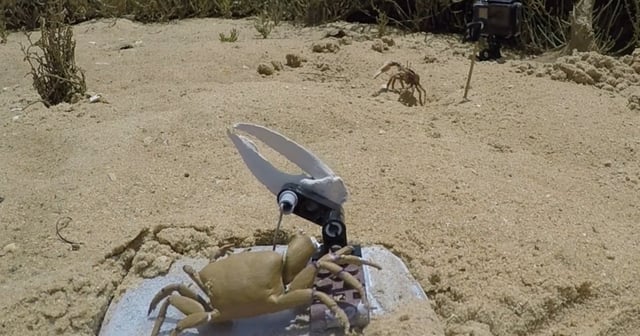Overview
- University of Exeter scientists 3D-printed Wavy Dave from open-source scans and equipped it with a Bluetooth-controlled servo to mimic low- and high-intensity claw waves.
- Field trials in Portugal’s Ria Formosa mudflats showed that real male fiddler crabs changed their wave duration and retreat behavior in response to the robot’s claw size and waving speed.
- The study confirmed that males were less inclined to compete when confronted with a rival displaying a larger claw, indicating dynamic adjustment of signaling investment.
- Some male crabs physically attacked the robotic intruder, with one individual tearing off Wavy Dave’s claw and temporarily halting the experiment.
- Following the August 6 publication, researchers have rebooted and refined the robot for ongoing trials to further explore invertebrate competitive signaling strategies.

